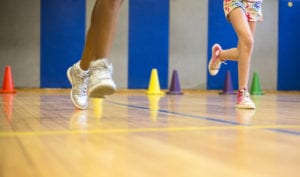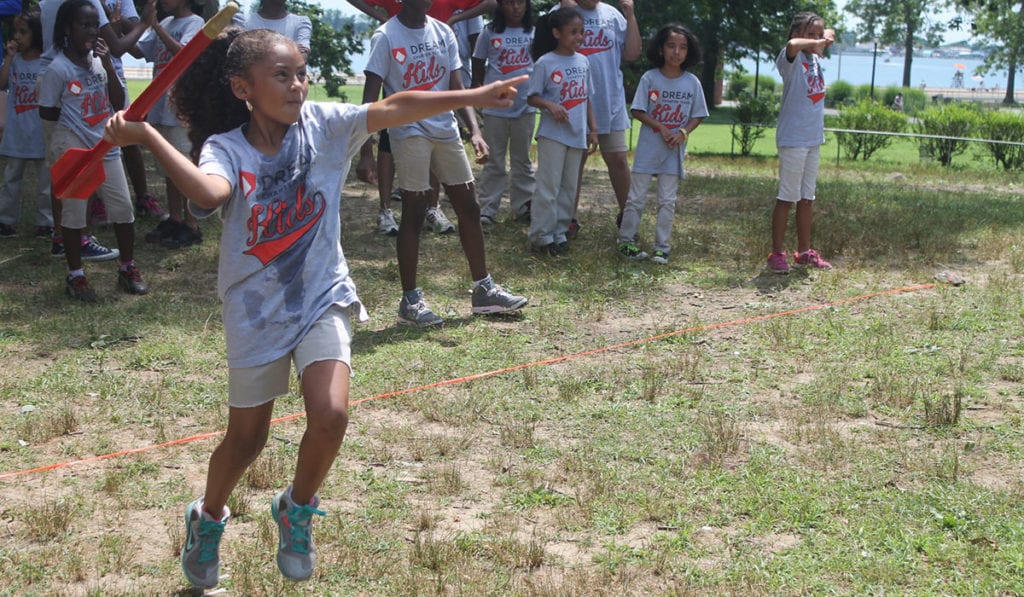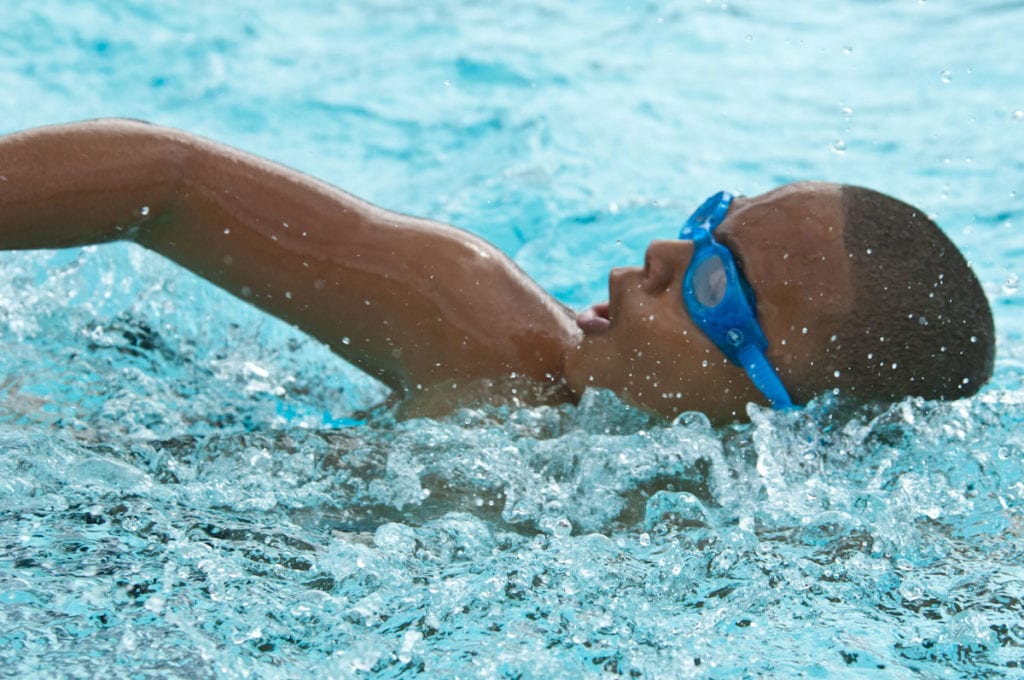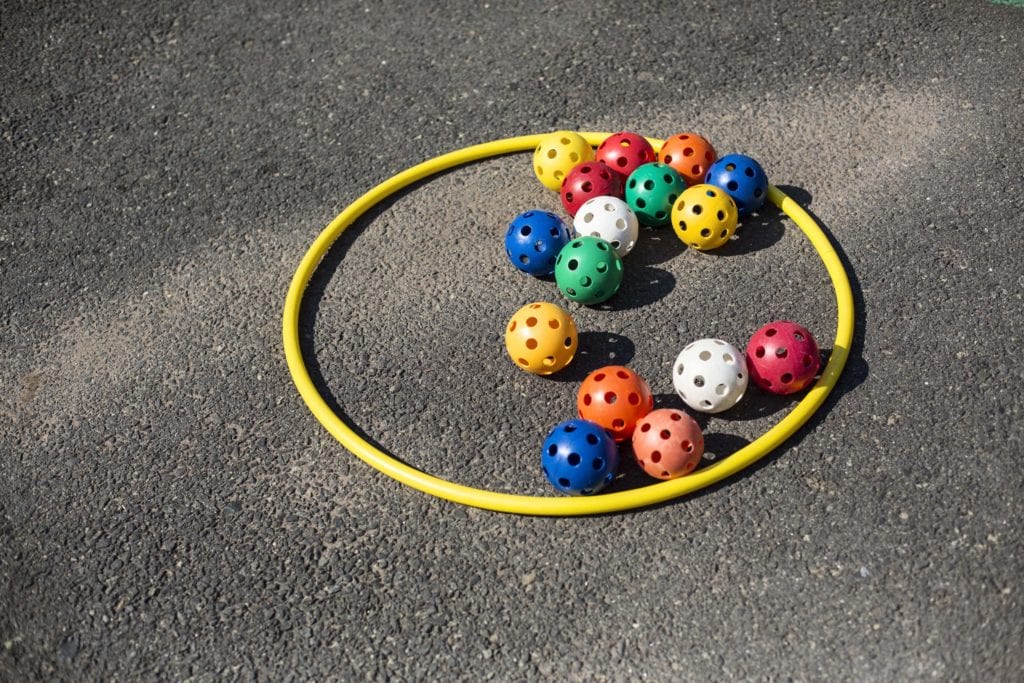“About four years ago we looked at the obesity rates of students in southern West Virginia and the health complications that they will face as adolescents and adults,” said former Mingo County Schools Superintendent Randy Keathley. “In our area there aren’t many bike paths, parks or other avenues for children to be active outside of school. We had to go back and take a look at how to make those possibilities available during the time they are here.”
Child Nutrition Director Kay Maynard explained that this was around the same time the school started the universal breakfast and lunch program, switching to whole grains and adding more fruits and vegetables.
“We realized that our poverty rate is 70 percent, but only 30 percent of our students were eating breakfast. It all started to come together for us,” Maynard said.
When the Alliance for a Healthier Generation’s Healthy Schools Program Manager Amy File approached Keathley about joining the program in 2011, Keathley decided that the whole district should take part and work together to improve nutrition and physical activity for students and staff. Since this time, the district also joined Let’s Move! Active Schools to further help with getting its students more active.
Becoming More Active
There has been great state-wide support for Let’s Move! Active Schools in West Virginia, as well as for school districts, such as Mingo County, that are trying to increase physical activity opportunities before, during and after the school day.
Derek Belcher, an instructional designer with the Cardiac Project at West Virginia University, explains that it is his job to maintain a website that supports West Virginia’s Physical Activity Plan. This site offers web-based learning modules to promote physical activity in schools.
The website also tracks West Virginia’s participation in Let’s Move! Active Schools, which is heavily promoted by the State Department of Education. Tracking participation helps build momentum and support.
Belcher said, “It gets more counties involved when they see that their neighboring school districts participating. It has been fun to watch it snowball as it rolls out across the state.”
Moving More Means…
Schools in the district have found many successful strategies to increase physical activity. Lenore PK-8 School added “exploratory classes” such as such as yoga and Zumba during the school day. Students at Lenore can also stay after school for yoga classes, health lessons or training for a 5k race. The district arranged for transportation so that students who stay after school to participate can still take the bus home.
Also, schools have been encouraged to diversify after school athletic programs to appeal to more students. Some now offer soccer, golf, archery, softball, and baseball. Even more, students can grab a healthy snack (through the USDA’s Afterschool Snack Program) before participating in a sport or gardening program.
Let’s Move! Active Schools and the Healthy Schools Program participants also have access to technical assistance, data, recognition, a roadmap to help them meet their goals, activation grants and an exclusive library of curriculum, tools and resources.
“One of the most innovative things that Kay has done is place wellness coaches in each school,” said Keathley. “We found someone—a ‘sparkplug’—in each school that has the desire to promote physical activity and other wellness initiatives.”
“For example, we found a teacher, Pamela Chapman, who wanted to lead the effort across her district. We provide a substitute teacher for Pamela every Friday so that she can visit other schools, provide ideas and help troubleshoot. The accommodation has turned out to be a good catalyst.”
This cadre of wellness coaches has even incentivized students to move more by giving away pedometers and prizes. For example, they sponsored two community 5K races, providing buses to encourage students and staff participation during the school day, and organized health fairs to help staff and students learn more about playing an active role in their health.
These efforts have increased excitement about physical activity, which is passed from students onto families. Some parents joined students in community walks or runs.
“We are doing anything we can to get people moving,” Chapman said. “We do the Let’s Move! dance routines, have a Relay for Life team, and a Fuel Up to Play 60 grant.” We also offer many physical education electives in our high school.”
Keathley and Maynard report that since joining the Alliance and Let’s Move! Active Schools, starting the universal breakfast and lunch programs, and increasing opportunities for physical activity, they have seen a rise in test scores and graduation rates across the district. They have also noticed a decrease in discipline referrals.
Words to Move By
- Give people choices! If you give students enough options, they are surely to find an activity that interests them.
- Involve parents. Create school-wide or community events that families can join, such as community walks or runs.



